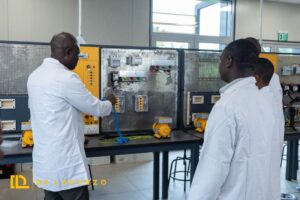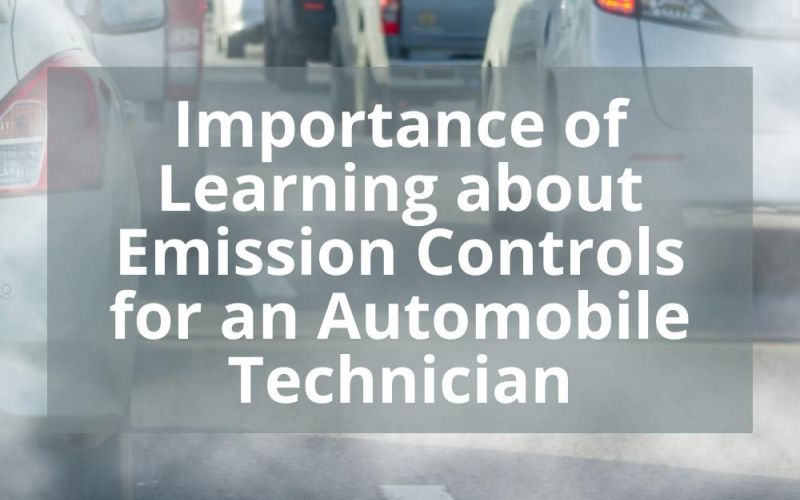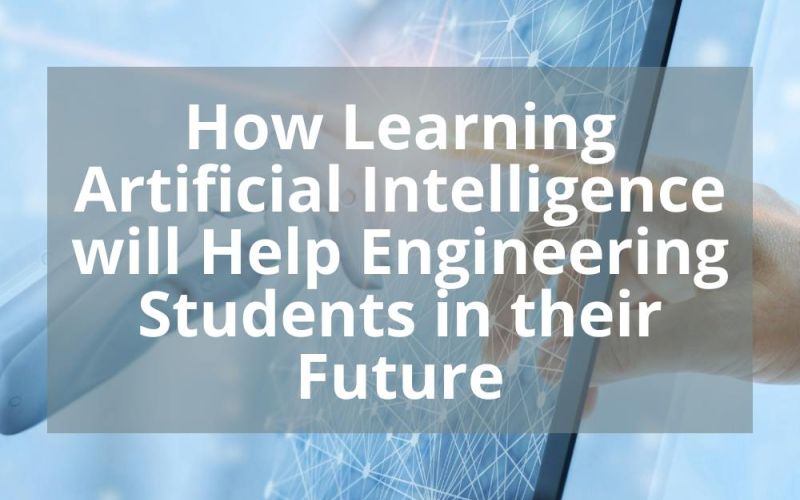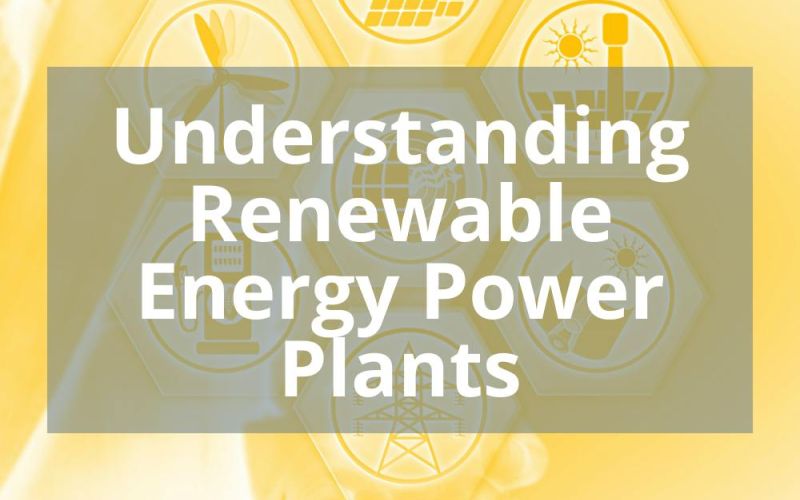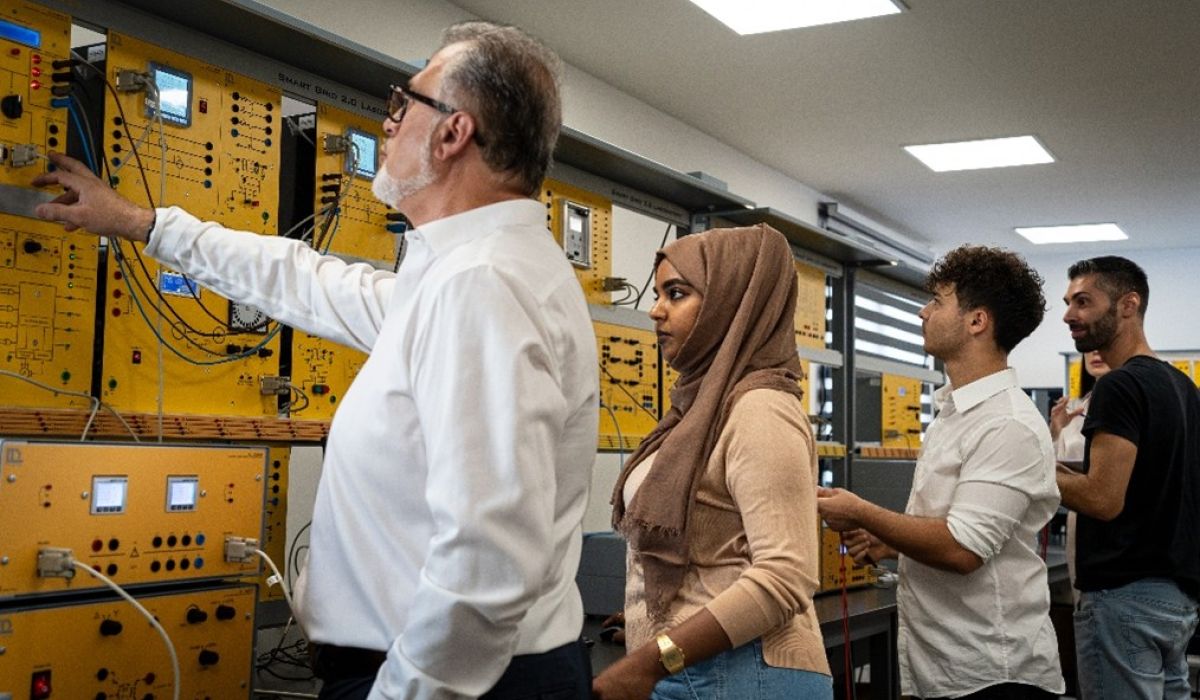
TECHNICAL AND SCIENTIFIC EDUCATION: CULTURE, POLICY AND INDUSTRY
In this series, we will examine the historical, economic, and cultural dimensions of technical and scientific education. When did this branch of learning emerge? Which models shaped it? How does it benefit industrialized societies?
Where is it taught, and with what methods? By answering these questions, we prepare ourselves for the future with greater awareness and a more robust economic strategy.
The evolution of technical and scientific education
Technical and scientific education grew out of the need to align practical and technological knowledge with rapidly evolving societies—especially from the early 19th century, during industrialization. It has since undergone various transformations in Italy, across Europe, and worldwide, shaped by the main industrial revolutions:
- First Industrial Revolution (mid-18th century): Mechanization and steam power
- Second Industrial Revolution (late 19th century): Rise of electricity
- Third Industrial Revolution (late 20th century): Growth of electronics and computing
- Fourth Industrial Revolution (early 21st century): Industry 4.0, integrating digital and traditional production
These shifts greatly influenced educational policies and labor markets.
Studying them reveals key components of our society: how we structure schooling, social hierarchies, and professions—and it highlights the often unhelpful divide between the humanities and technical fields. Practical training, experimentation, and the scientific method remain crucial for making data-driven (informed) decisions.
The origins of technical education
Tracing the origins back about 250 years to the First Industrial Revolution, nations began recognizing the advantages of science and technology, which led to the founding of the first technical schools.
In Italy, these schools emerged in the 19th century alongside the country’s push for unification and industrial growth.
Figures like Quintino Sella championed technical education to narrow Italy’s economic gap with other European powers, culminating in the 1862 law on Technical Institutes, which offered market-focused curricula in areas like mechanics, chemistry, and civil engineering. Around the same time, the Polytechnic University of Turin (1859) and the Polytechnic University of Milan (1863) became hubs for engineering education and guided Italy’s industrial expansion.
In England—epicenter of the Industrial Revolution—technical schools had already sprung up by the mid-18th century, with Technical Schools and Mechanics’ Institutes training the specialized workforce needed to power the country’s manufacturing boom.
France, likewise, laid groundwork for its own technical education in the late 18th century, founding the Écoles d’Arts et Métiers (1780) and, earlier still, the École du Génie Militaire (1748).
Germany took a similar path in the early 19th century, establishing institutions like the Gewerbeschulen (1835), which fused theoretical instruction with practical apprenticeships—an approach linked to significant growth in industrial employment and entrepreneurship.
Conclusion
We often learn that the Industrial Revolution spurred urbanization and economic progress, yet we seldom hear how integral technical and scientific education was to that transformation. In the 19th century, countless young people gained the knowledge and skills to operate sophisticated machinery for the first time in history. Now, facing another industrial revolution, we again need a forward-looking educational model—one that emphasizes technical and scientific learning to meet the demands of today’s rapidly changing world.
Massimo Temporelli
President and founder of TheFabLab
